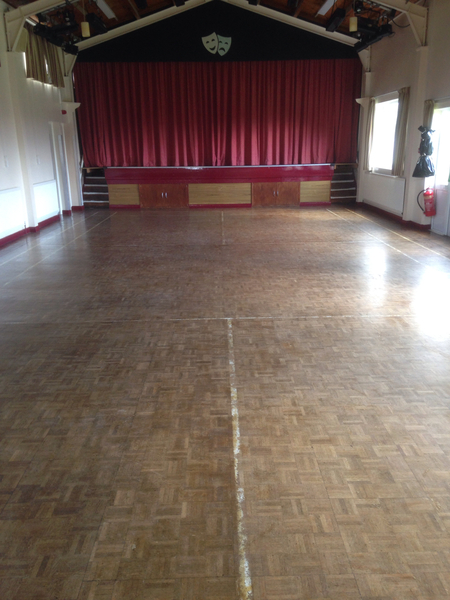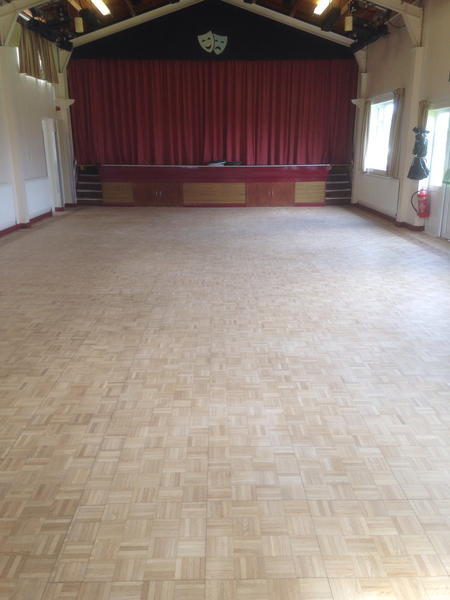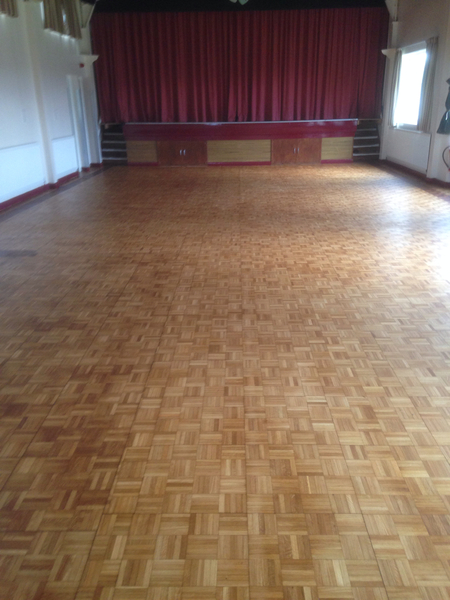 This is quite a common question our customers ask us at Art of Clean, professional floor cleaners in Cambridge. This really depends on the type of finish you would like to achieve.
This is quite a common question our customers ask us at Art of Clean, professional floor cleaners in Cambridge. This really depends on the type of finish you would like to achieve.At Art of Clean we would normally discuss these options with you on our initial inspection of your wooden floor. Hard wax oils contain a mixture of oil and wax, which completely saturates into your timber flooring. Which means that no other liquid can be absorbed into your wooden floors, so if you were to spill any drinks, occidentally tip up your bucket of cleaning water onto the surface then none of this would go into your lovely wooden floor.The wax element of the hard wax oil, protects the surface from small scratches to the wood. Hard wax oil finishes are generally popular with our customer’s wooden floor cleaning requirements in and around Cambridge, as they are the easiest to maintain.
The hard wax oil also comes in various shades and colours, and offers three different types of sheen finishes.Lacquers on the other hand act in a slightly different way, rather than absorbing into the wooden surface of your floor, it will sit on the surface.The type of lacquers we use at Art of Clean in Cambridge, have flexible qualities, so rather than drying into a solid rigid surface, the lacquer will flex with the timber when it is scratched or dented.
This type of finish is harder to maintain, as although it is durable, if you need to touch up and scratches, it’s much harder. There are also only a two different types of finishes available too.We realise at Art of Clean that it all comes down to a question of taste, and as hard wood flooring cleaning experts we will be happy to help you choose the most suitable finish for your hardwood floor, so why not give us a call on 01223 863632.






